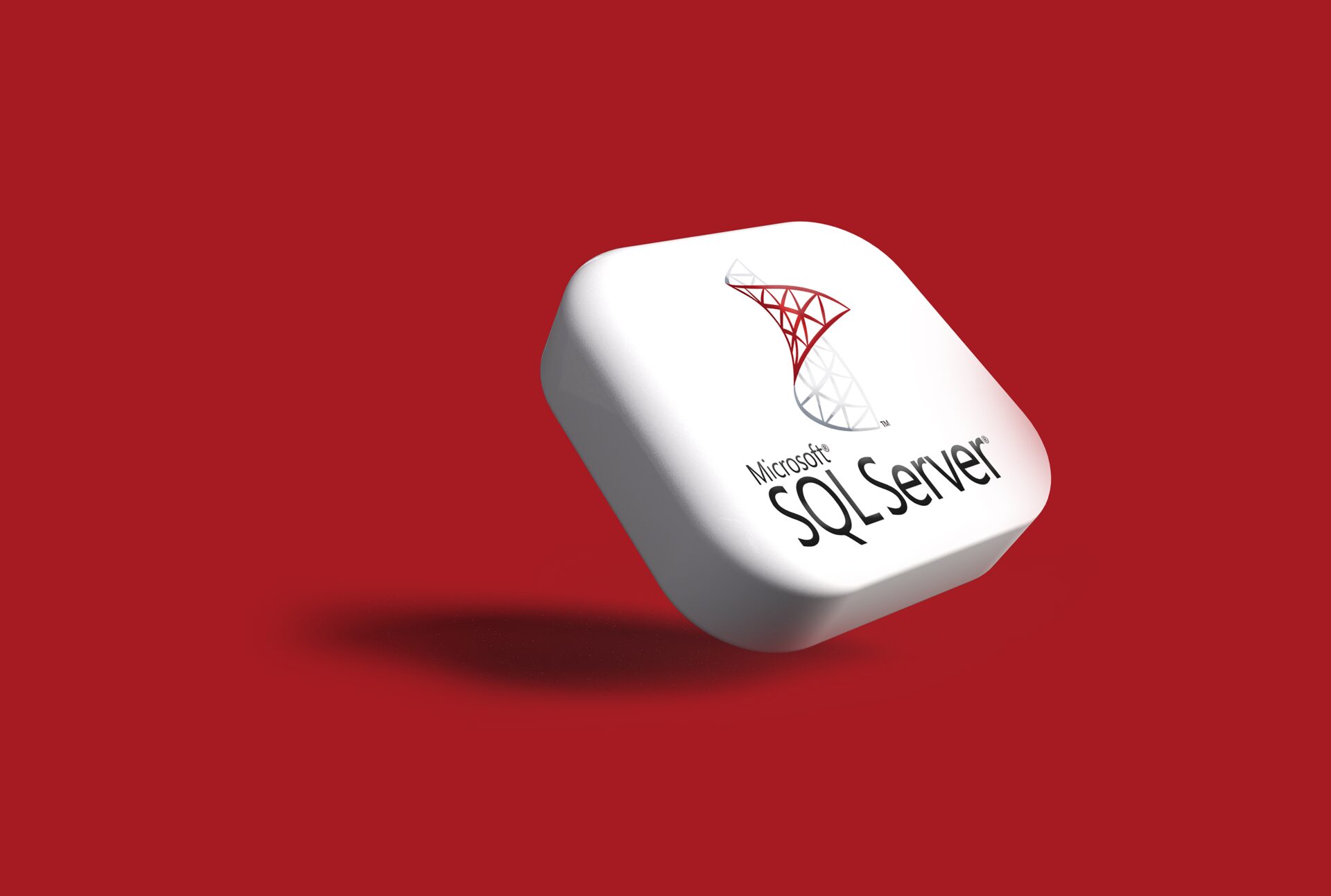Migrating an SQL database to Google Cloud involves several steps, including exporting your existing database, creating a new database instance on Google Cloud, importing your data, and updating your application to use the new database. Here’s a step-by-step guide to help you migrate your SQL database to Google Cloud:
- Export your existing database:
First, you need to create a backup of your existing SQL database. You can use tools like mysqldump for MySQL, pg_dump for PostgreSQL, or sqlcmd for SQL Server to create a backup file containing your database schema and data.
For example, to create a backup of a MySQL database, you can use the following command:
mysqldump -u [USERNAME] -p [DATABASE_NAME] > backup.sql- Create a new database instance on Google Cloud:
Next, you need to create a new database instance on Google Cloud. You can use Google Cloud SQL, which is a fully managed database service that supports MySQL, PostgreSQL, and SQL Server.
To create a new Cloud SQL instance, follow these steps:
- Go to the Google Cloud Console.
- Click on the hamburger menu (three horizontal lines) in the top left corner and navigate to “SQL” under the “Storage” section.
- Click on the “Create instance” button.
- Choose the database engine you want to use (MySQL, PostgreSQL, or SQL Server) and click “Next.”
- Fill in the required information, such as instance ID, root password, and region.
- Click on the “Create” button to create the new database instance.
- Import your data into the new database instance:
Once your new database instance is ready, you can import your data using the backup file you created earlier. You can use tools like gcloud CLI, Cloud Shell, or the Cloud Console to import your data.
For example, to import a MySQL backup file into a Cloud SQL instance, you can use the following command:
gcloud sql import sql [INSTANCE_NAME] gs://[BUCKET_NAME]/backup.sql --database=[DATABASE_NAME]Replace [INSTANCE_NAME] with the name of your Cloud SQL instance, [BUCKET_NAME] with the name of a Google Cloud Storage bucket containing your backup file, and [DATABASE_NAME] with the name of the database you want to import the data into.
- Update your application to use the new database:
Finally, you need to update your application to use the new database instance on Google Cloud. This typically involves updating your application’s configuration or connection string to point to the new database instance.
For example, if your application uses a MySQL database, you might need to update the connection string to something like this:
mysql://[USERNAME]:[PASSWORD]@[INSTANCE_IP_ADDRESS]:3306/[DATABASE_NAME]Replace [USERNAME], [PASSWORD], [INSTANCE_IP_ADDRESS], and [DATABASE_NAME] with the appropriate values for your Cloud SQL instance.
- Test your application:
After updating your application to use the new database, make sure to thoroughly test your application to ensure that everything is working correctly. This may involve running automated tests, manually testing various features, and monitoring performance and error logs.
- Clean up:
Once you’ve successfully migrated your SQL database to Google Cloud and verified that your application is working correctly, you can clean up any resources related to your old database, such as shutting down the old database server or deleting the backup file.
By following these steps, you can successfully migrate your SQL database to Google Cloud and take advantage of the scalability, reliability, and performance benefits offered by Google Cloud SQL.


